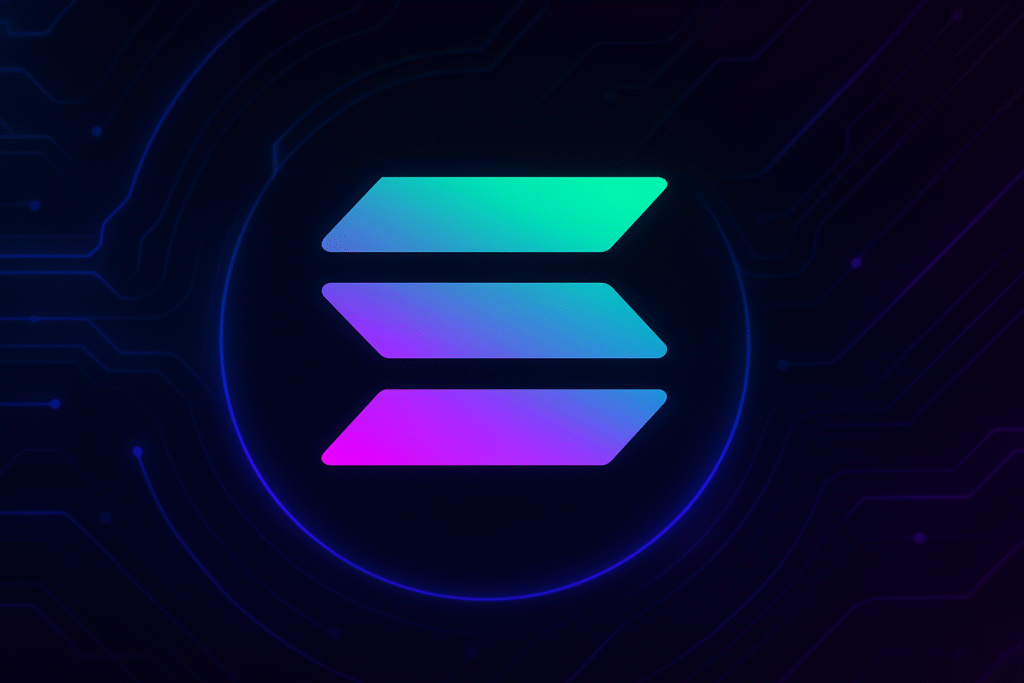In the rapidly evolving realm of cryptocurrency, Solana has emerged as a focal point of discussion due to its persistent “beta” designation, even after more than five years since its mainnet launch. This distinction has sparked rigorous debates in online forums and among blockchain enthusiasts. A recent exchange on a popular social media platform highlighted the contentious issues surrounding Solana’s testing phase label, transparency of Foundation wallets, and the diversity of its validator clients. These discussions are crucial for investors and developers aiming to understand Solana’s current standing and future prospects within the blockchain ecosystem.
The Solana Debate: Understanding Its Beta Status and Transparency Concerns
The Controversy Around Solana’s Beta Status
The dialogue commenced when a critic questioned the necessity of Solana’s beta label and expressed concerns about its transparency. This critic, known as Balarchrex, criticized Solana’s representatives for sidestepping essential issues such as the beta status, the non-disclosure of Foundation wallets, and the limited client diversity within the Solana network. Despite these criticisms, representatives from Solana, including Mert Mumtaz, CEO of Helius Labs, defended the blockchain, stating that the label is largely perfunctory and doesn’t hinder Solana’s operational success.
Transparency and Accountability in Solana’s Operations
Transparency is a critical aspect for any financial technology project striving for legitimacy. Critics argue that the Solana Foundation’s failure to provide complete wallet transparency undermines its credibility in the eyes of potential institutional investors. While Mumtaz argued that market behaviors and expansions suggest confidence in SOL, he did not disclose specific wallet addresses, leaving room for speculation and concern among stakeholders about the true extent of Solana’s financial holdings.
Validator Client Diversity and Network Resilience
A diverse validator network is essential for maintaining the integrity and security of any blockchain. While Mumtaz highlighted that the Solana network runs multiple independent clients including “agave,” “jito-agave,” and “frankendancer,” critics like Balarchrex remain skeptical, dismissing some as mere forks of the original Solana code. Mumtaz rebuffed these critiques, emphasizing the ongoing development and testing of clients such as Firedancer, which he claims will enhance network robustness by Q3/Q4.
The Persistence of the Beta Label
Despite reassurances from Solana’s representatives, the beta designation continues to be a sticking point in discussions. Critics question why Solana consistently references the beta status, especially when network outages occur. Mumtaz countered that these claims are exaggerated and align more closely with operational issues rather than developmental limitations, advocating for the removal of the beta tag entirely.
What Does Solana’s Beta Status Mean for Investors?
Solana’s beta designation raises questions about its maturity and reliability as a blockchain. While some perceive this as a drawback, others see it as a phase of ongoing development, promising future enhancements. Investors should weigh both perspectives, considering Solana’s scalability and existing adoption in the blockchain market.
How Transparent is the Solana Foundation?
While attempts are made to provide a general overview of the Solana Foundation’s holdings, the lack of detailed on-chain disclosures poses a concern for potential investors seeking complete transparency. This opacity can affect investor confidence and decision-making processes.
Is the Solana Network Secure with Its Current Validator Clients?
The Solana network employs diverse validator clients to ensure resilience and security. However, the reliance on forks of the original code raises concerns about true diversity. Continued development and testing of new clients like Firedancer are vital to enhancing network security and operational reliability.
This comprehensive guide delves into the intricacies of Solana, evaluating its technological framework, investment potential, and market dynamics. Through this exploration, we aim to empower readers with the insights necessary to make informed decisions in their cryptocurrency ventures.

